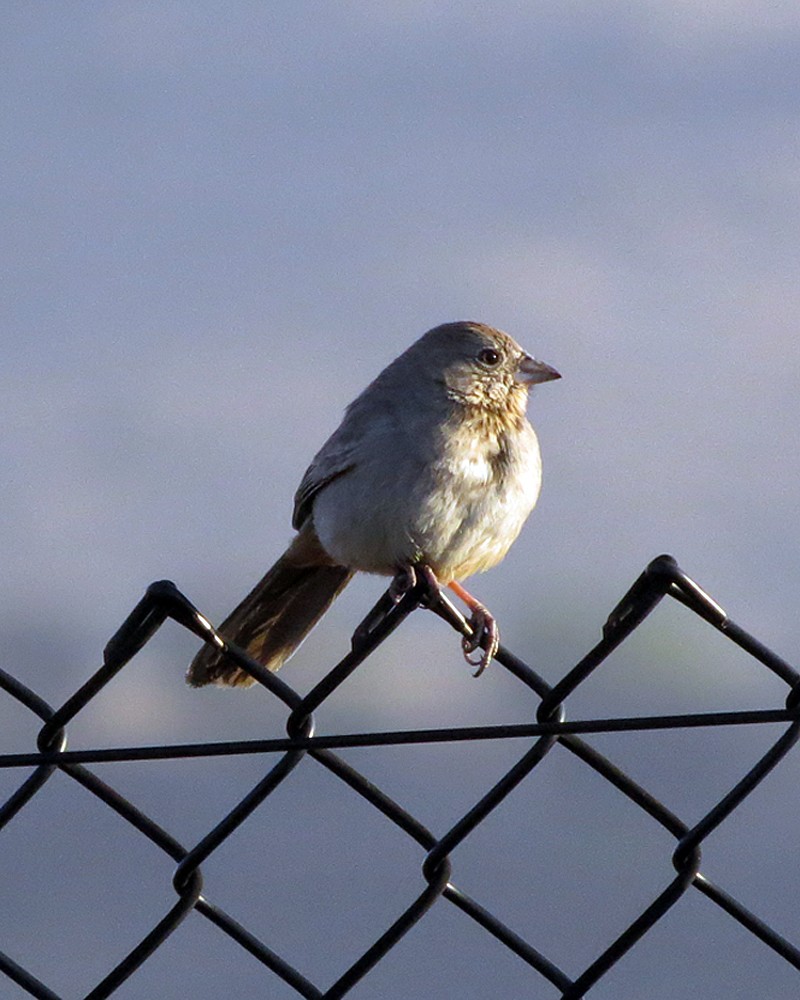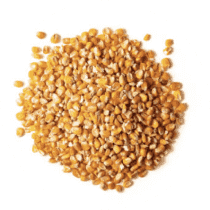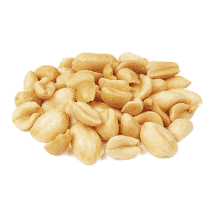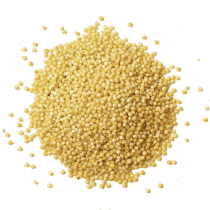Canyon Towhee
A species of Ground Sparrows and Brown Towhees Scientific name : Melozone fusca Genus : Ground Sparrows and Brown Towhees
Canyon Towhee, A species of Ground Sparrows and Brown Towhees
Botanical name: Melozone fusca
Genus: Ground Sparrows and Brown Towhees
Content
Description General Info
 Photo By Don Faulkner , used under CC-BY-SA-2.0 /Cropped and compressed from original
Photo By Don Faulkner , used under CC-BY-SA-2.0 /Cropped and compressed from original Description
It is 19 to 25 cm (7.5 to 9.8 in) long, and has a noticeably long tail, at 8.2 to 11 cm (3.2 to 4.3 in). This species weighs from 36.5 to 67 g (1.29 to 2.36 oz), though on average weigh only around 45 g (1.6 oz). Among standard measurements, the wing chord is 8.2 to 10.1 cm (3.2 to 4.0 in), the bill is 1.4 to 1.7 cm (0.55 to 0.67 in) and the tarsus is 2.3 to 2.7 cm (0.91 to 1.06 in). It is earthy brown in colour, with somewhat lighter underparts and a somewhat darker head with a rufous cap (except that birds in central Mexico have the cap the same color as the back); there is also a slightly reddish area beneath the tail. There is little sexual dimorphism. 
Size
20 cm (8 in)
Colors
Brown
Gray
Life Expectancy
12.8 years
Nest Placement
Shrub
Clutch Size
2 - 6 eggs
Incubation Period
1 - 3 broods
Feeding Habits
Canyon Towhee predominantly consume small seeds from grasses and various plants such as sorrel and lupine, alongside berries like elderberry. Their diet also includes invertebrates like grasshoppers, millipedes, and snails. At feeders, canyon Towhee opt for milo, millet, sunflower seeds, and oats.
Habitat
Canyon Towhee is typically found in arid to semi-arid regions, particularly favoring areas with a combination of open ground and dense brush or chaparral. Canyon Towhee thrives from low-lying regions to higher altitudes in Mexico, inhabiting desert grasslands, rocky and shrubby landscapes along arroyos, mesquite thickets by watercourses, pinyon-juniper woodlands, and pine-oak forests. This bird is adaptable and can also be encountered in suburban areas that approximate its natural environment.
Nest Behavior
Canyon Towhee times nesting to coincide with seasonal rains. The female alone builds the nest. After building, egg-laying ensues, followed by both parents participating in the care of their young, ensuring a successful brood.
Nest Characteristics
Canyon Towhee's nest is often located 3-12 feet high against a trunk, supported by branches in juniper, pinyon pine, sagebrush, cholla, yuccas, or elderberry. Their nest is a hidden 4-inch wide structure, constructed with grass, plant stems, fine grasses, horse-hair, or fabric remnants, and sometimes adorned with flowers like mustards and daisies.
Dite type
Granivorous
General Info
Feeding Habits
Bird food type

Black Oil Sunflower Seeds

Hulled Sunflower Seeds

Cracked Corn

Peanut Hearts

Millet

Milo
Bird Feeder Type

Platform

Ground
Sounds
Call
Recording location: United States
Call
Recording location: United States
Song
Recording location: United States
Behavior
Canyon Towhee exhibit a notable preference for ground-level activity, frequently opting to run as opposed to flying. When flight is necessary, their movements span merely short distances, displaying a slow yet adept flying technique. Their foraging strategy employs the distinctive double-scratch method, a sequence of rapid forward jumps followed by quicker backward ones to unearth hidden sustenance beneath leaf litter. Monogamous with enduring bonds, typically lifelong, canyon Towhee often forage solitarily or in pairs, showcasing less aggression toward territory and a higher degree of tolerance for the presence of conspecifics.
Distribution Area
The towhee is native to lower-lying areas from Arizona, southern Colorado, and western Texas south to northwestern Oaxaca, Mexico, mostly avoiding the coasts. Its natural habitat is brush or chaparral. 
Species Status
Not globally threatened.